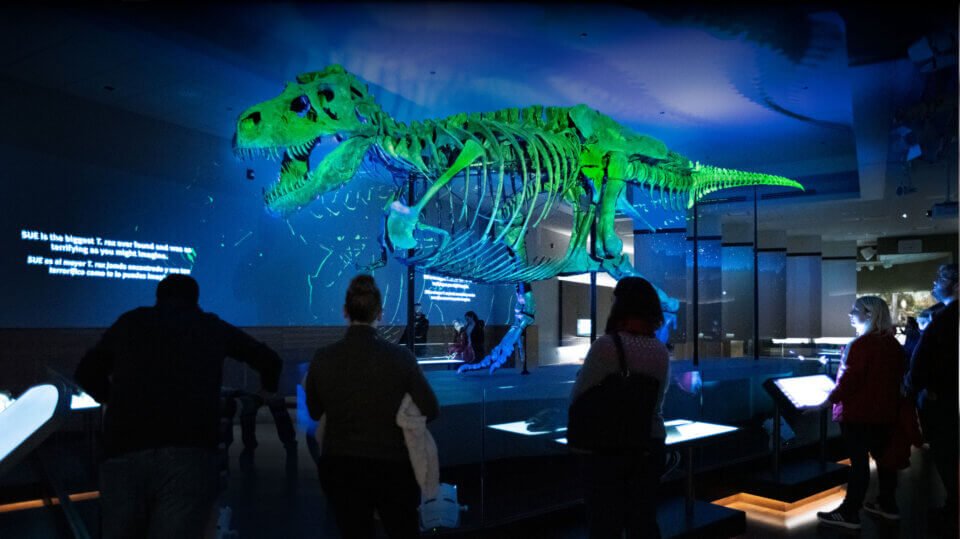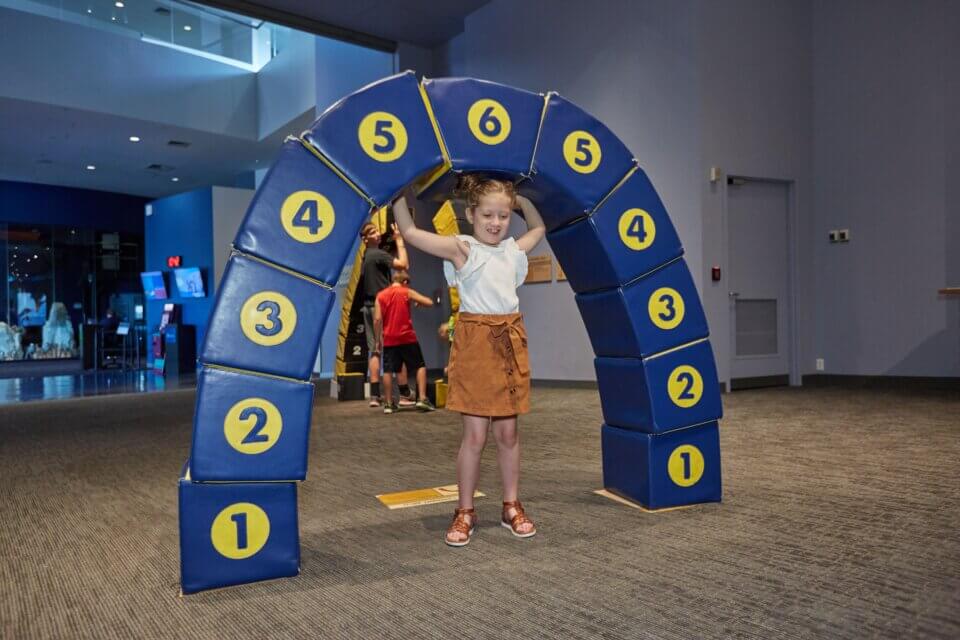ST. LOUIS, MO – April 25, 2024 SUE: The T. rex Experience Offers Immersive, Sensory Exploration of Life in the Cretaceous Period The Saint Louis Science Center will welcome SUE: The T. rex Experience from June into September. SUE is the most complete, best-preserved Tyrannosaurus rex specimen ever discovered, and this special exhibition features the… Continue reading
Astronomy Fact of the Day: April 25, 2024
April 25, 2024 The bright orange star you see in the east tonight after sunset is called Arcturus. It is the brightest star in the constellation Boötes and is the 4th brightest star in the night sky. The only stars that appear brighter than Arcturus are Sirius, Canopus and Rigel. Map of the constellation Boötes… Continue reading
Astronomy Fact of the Day: April 24, 2024
April 24, 2024 Today in 1990, the Hubble Space Telescope was launched aboard the space shuttle Discovery. The telescope would see several servicing missions allowing it to operate for over 30 years and counting. The last of these servicing missions was STS-125 in 2009. The Hubble Space Telescope being deployed from the cargo bay of… Continue reading
Saint Louis Science Center Earns Reaccreditation from American Alliance of Museums
ST. LOUIS, MO – April 23, 2024 Saint Louis Science Center Earns Reaccreditation from American Alliance of Museums Accreditation Signifies Institution’s Commitment to Excellence, Accountability, High Standards and Continued Improvement The American Alliance of Museums (AAM) recently awarded the Saint Louis Science Center successful reaccreditation following an evaluation of the institution’s operational standards. The highest… Continue reading
Astronomy Fact of the Day: April 23, 2024
April 23, 2024 Full moon for April occurs today at 6:49 pm. April’s full moon is often called the Full Pink Moon as a connection to the flowers in bloom this time of year. The Moon’s synodic cycle used to be the basis for our calendars. As a result, full moons were often given names… Continue reading
Astronomy Fact of the Day: April 22, 2024
April 22, 2024 The Lyrid meteor shower is active every year from April 16 to April 25. The meteor shower’s peak activity occurs tonight but a near full moon will impact how many meteors are visible. If your skies are clear, look northeast after twilight ends to start looking for meteors. As the night progresses,… Continue reading
Astronomy Fact of the Day: April 20, 2024
April 20, 2024 Today in 1972, the Apollo 16 lunar module lands in the Descartes region of the Moon. The Apollo 16 crew consisted of astronauts John W. Young, Charles M Duke Jr. and Thomas K. Mattingly II. Image showing the selected landing site of the Apollo 16 mission in the Descartes Region of the… Continue reading
Astronomy Fact of the Day: April 19, 2024
April 19, 2024 Today in 1971, the first space station Salyut-1 was launched. Soyuz 10 and 11 were the only missions that visited Salyut 1. The only cosmonauts to board Salyut 1 were those of Soyuz 11 who sadly perished when returning home due to an issue with their capsule. View of Salyut 1 seen… Continue reading
Astronomy Fact of the Day: April 18, 2024
April 18, 2024 Comets are frozen remnants leftover from the formation of our solar system about 4.6 billion years ago. They are comprised of mostly ice and some rock and dust. The current number of known comets is around 3,910. The nucleus of Comet 67P/Churyumov-Gerasimenko imaged by the Rosetta spacecraft on Jan 31, 2015. Image… Continue reading
Astronomy Fact of the Day: April 17, 2024
April 17, 2024 Today in 1970, the Apollo 13 mission safely splashed down in the Pacific Ocean. Their mission to land on the Moon was aborted after the No. 2 tank carrying liquid oxygen burst. On April 17, 1970, Apollo 13 safely return to Earth splashing down in the South Pacific. Image credit: NASA, Johnson… Continue reading







